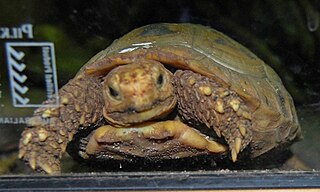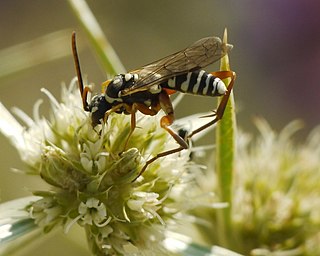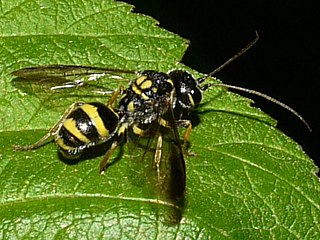
Charles Monroe "Sparky" Schulz was an American cartoonist, the creator of the comic strip Peanuts which features his two best-known characters, Charlie Brown and Snoopy. He is widely regarded as one of the most influential cartoonists in history, and cited by many cartoonists as a major influence, including Jim Davis, Murray Ball, Bill Watterson, Matt Groening, and Dav Pilkey.

R is a programming language for statistical computing and data visualization. It has been adopted in the fields of data mining, bioinformatics, and data analysis.

Cardamine is a large genus of flowering plants in the mustard family, Brassicaceae, known as bittercresses and toothworts. It contains more than 200 species of annuals and perennials. Species in this genus can be found in diverse habitats worldwide, except the Antarctic. The name Cardamine is derived from the Greek kardaminē, water cress, from kardamon, pepper grass.

Draba is a large genus of flowering plants in the family Brassicaceae, commonly known as whitlow-grasses.

Erythroxylum is a genus of tropical flowering plants in the family Erythroxylaceae. Many of the approximately 200 species contain the tropane alkaloid cocaine, and two of the species within this genus, Erythroxylum coca and Erythroxylum novogranatense, both native to South America, are the main commercial source of cocaine and of the mild stimulant coca tea. Another species, Erythroxylum vaccinifolium is used as an aphrodisiac in Brazilian drinks and herbal medicine.

Heliophila is a genus of flowering plants in the family Brassicaceae. Members of this genus are either annuals or perennials and some are popular as ornamental plants. Endemic to southern Africa, the majority of the approximately 80 species grow in South Africa, particularly the Cape Floristic Region, while a few extend into the Namib Desert.
Otto Eugen Schulz was a German botanist, born in Berlin. He was the brother of botanist Roman Schulz (1873–1926).

Indotestudo is a genus of tortoises in the family Testudinidae. The genus is native to South and Southeast Asia. The three species in the genus are all threatened.

Albert Thellung was a Swiss botanist.

Adolph George "Germany" Schulz was an All-American American football center for the University of Michigan Wolverines from 1904 to 1905 and from 1907 to 1908. While playing at Michigan, Schulz is credited with having invented the spiral snap and with developing the practice of standing behind the defensive line. As the first lineman to play in back of the line on defense, he is credited as football's first linebacker.

I. M. Johnston, was a United States botanist. He studied at Pomona College in Claremont, California and at Harvard University. His plant collections are housed in the Rancho Santa Ana Botanic Garden, in Claremont, and also in the Gray Herbarium of Harvard University.

The Kelashin Stele found in Kelashin, Iraq, bears an important Urartian-Assyrian bilingual text dating to c. 800 BC, first described by Friedrich Eduard Schulz in 1827. Part of Schulz's notes were lost when he was killed by Kurdish "bandits", and later expeditions were either prevented by weather conditions or Kurdish brigands, so that a copy of the inscription could only be made in 1951 by G. Cameron, and again in 1976 by an Italian party under heavy military protection.

The Ceropalinae are a subfamily of the Pompilidae, the spider wasps, containing two genera, whose members are kleptoparasitic on other solitary wasps which hunt spiders, mainly fellow members of the Pompilidae.

Eduard Schulz Tenement is a habitation house located at 66/68 Gdańska Street in Bydgoszcz, Poland.

Rhopalosoma is a genus of wasps in family Rhopalosomatidae. Members of this family are parasitic of crickets.

Tephritis arnicae is a species of picture-winged fly of the family Tephritidae, which are variously known as fruit-flies or gall flies.

Taeniogonalos is a genus of wasps in the family Trigonalidae.

Pseudoclavellaria is a genus of insects belonging to the family Cimbicidae.

Ditylum is a genus of diatoms belonging to the family Lithodesmiaceae.
















